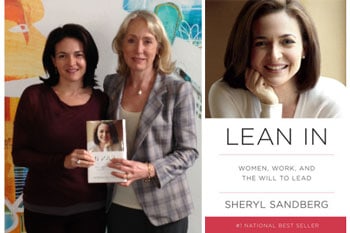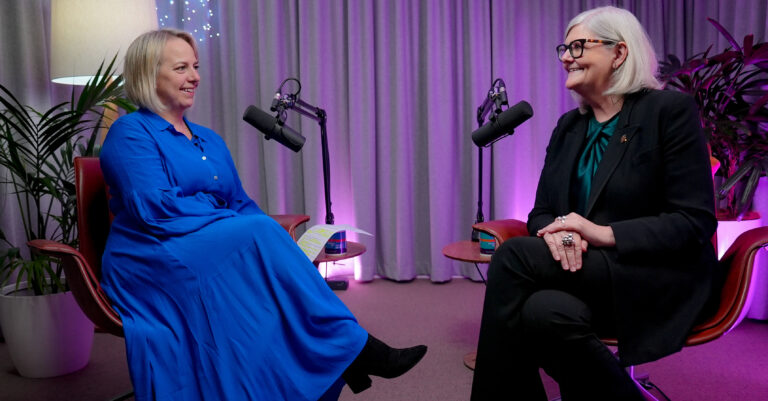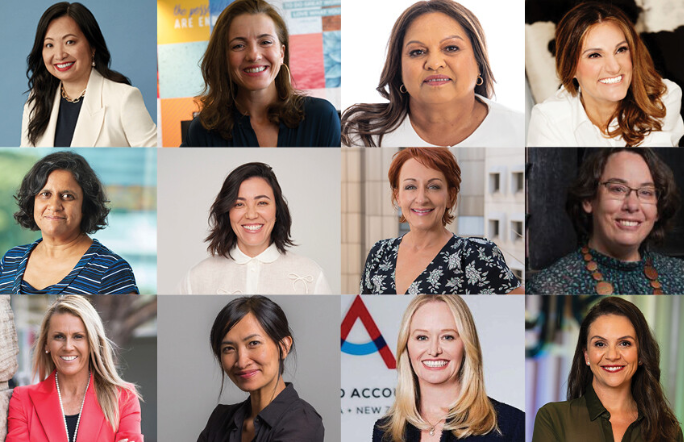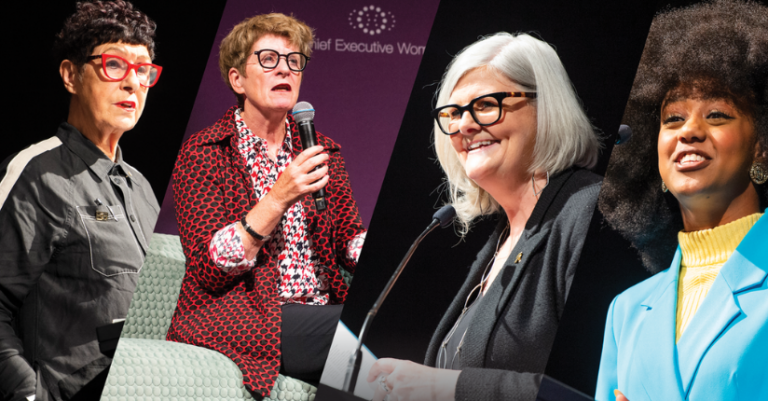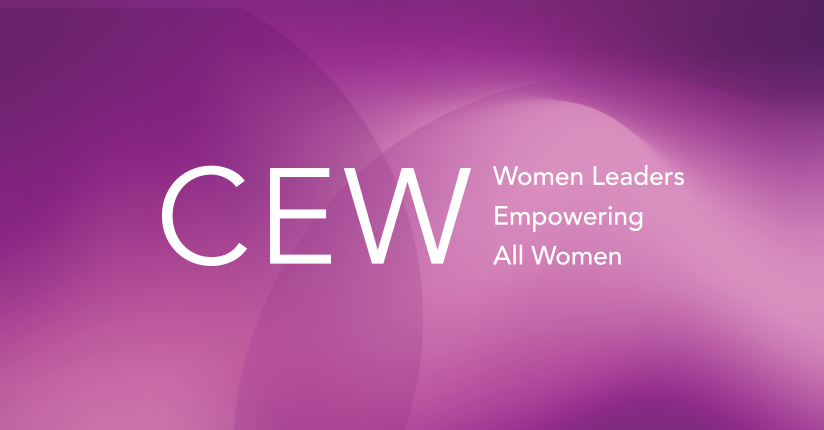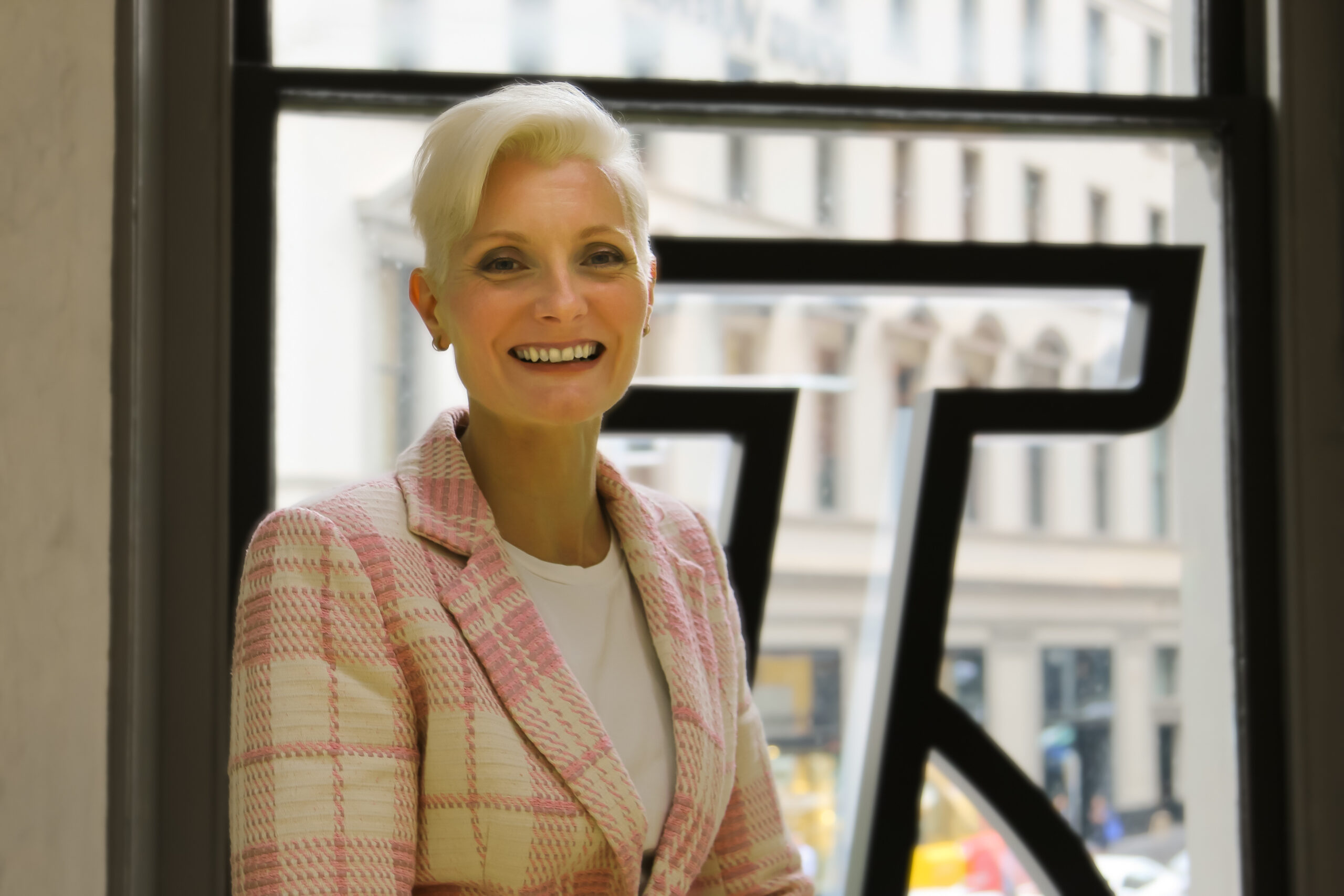When I was invited to read Sheryl Sandberg’s book and consider writing a foreword, I dropped everything to begin Lean In. Why? Because if you’ve followed the rise of one of Silicon Valley’s most powerful women or if you’ve heard her TEDTalk on the dearth of women leaders, then you will know she is a strong and persuasive advocate for women at work.
I was keen to learn more about her personal story and her views on how to help women move up through the executive ranks. You will find she has written a fascinating and valuable book, full of hard-won, practical suggestions. Her message is clear and simple: we need men and women to work together to overcome personal and societal belief systems and the stereotypes that hold women back. We must also work together to provide the support necessary for women to take on senior leadership roles. Her advice is positive and proactive, and I agree with it wholeheartedly.
Every chapter resonates with me. I recognized many of Sheryl’s examples of the sometimes subtle but very real barriers women face as they try to build a career. If I had not personally experienced these obstacles, I knew of other women who had. The “fair go” that we like to think is in Australians’ DNA often does not apply to women at work. Sadly, recent data confirms this. The World Economic Forum’s Global Gender Gap Report 2012 found Australia ranked first in terms of women’s educational attainment but 45th for their labour-force participation. Australia has one of the most highly educated female populations in the world, and 55 per cent of university graduates are female, yet barriers still exist to women’s full participation in the workforce. Australia has a skills shortage, yet we blatantly waste our national investment in women’s education. The contrast with New Zealand is stark: it has an equal top rating for education of women yet is ranked number 15 for economic participation and opportunity.
I have been fortunate to have had a successful executive career in consulting, finance, and banking, which has led me to my role today as a non-executive director on several boards and the chairman of insurer QBE. My parents gave me a good education, but my business career would never have happened if I had listened to my father, a self-made businessman whom I loved dearly. When I told him that I was going to university to study accounting, economics, and political science, he was nonplussed. “Why are you doing that? You could travel overseas, have a nice time, and then you could get married.” His words were a red rag to a bull. In those early days he couldn’t understand why I worked so hard. In fact, the driving force throughout my career was to prove myself to my dad—to show him that it was not just my brothers who should, and could, aim high.
There are many different drivers for women to succeed; not everyone is seeking recognition from her father. Indeed, it should be enough that you simply want the challenges—the highs and the lows, the emotional and intellectual stimulation, and personal satisfaction of full-blooded participation in all that life has to offer. And just as there are many drivers for success, there are many different obstacles. The fact you have picked up this book will give you a great start in tackling some of them—it’s packed with advice on how to break through, how to lean in to your career.
In addition to Sheryl’s key message, I would add: Speak up. Speak up and be ambitious for yourself. Put your hand up when an opportunity arises—don’t wait for someone to recommend you for it. I have been successful in my career partly because I have seized opportunities as they arose, and you should too. And, very occasionally, when the need occurred, I have voted with my feet. If you find yourself in the wrong job, as I did two weeks after starting in my first position as an auditor, then do something about it.
Speak up when it comes to the promotion, salary, or bonus you deserve. For this, women must learn to negotiate properly, and you will find an excellent chapter here on improving these skills. One of the best things I ever did for myself was attend a leadership program when I was an assistant vice president at Citibank. We were asked to set our goals, and one of mine was to be a vice president. I realised that my male equivalents in the company were not only all vice presidents, they were paid more than I was and were earning bigger bonuses. I confessed to the course facilitator that in my last salary review I’d asked for nothing. I didn’t think I needed to ask for a pay rise because I assumed my boss would recognise my contribution. Believe it or not, that’s a common mistake women make. Once the facilitator taught me The Ask – how to speak up and demonstrate clearly how my contributions justified recognition – I was promoted and then went on to double my salary and bonuses within three years.
Speak up about the guilt of being a mother who works. This is a hard one. Regrettably, you just have to learn to live with it and, eventually, you will live through it. My children gave me serious grief about being a missing-in-action mother. Remember, though, that your kids will give you grief about all sorts of stuff, like the (fictional) things that “other mothers” allow their kids to do. That’s how it is for parents, regardless of whether they work outside the home. Remember, too, there are two parents with equal responsibility for supporting their children. I didn’t make it to a sports carnival until I left the corporate executive life and started my career as a non-executive director. There are lots of ways to let your children know how much you love them, and lots of them are more important than attending every school event your child participates in. My youngest daughter used to complain, “You are never here. It’s unfair. I hate what you do.” But now she is twenty-one and at university and says, “I am so happy you’ve done what you’ve done. You are such a role model.”
Fortunately today most organisations are more flexible about allowing employees time off to attend the special events in a child’s life. But when it comes to these issues, we have a societal problem—not a government or corporate problem. Our society doesn’t treat women equally. There’s been an effective culture of having women at home, looking after their children and raising them to be valuable contributors to society. But now we have to think about changing that culture, in part, because we can’t afford to have well-educated women not working. With the economic imperative to bring more women into the workforce, we need to deal with key cultural issues around how we raise our children to ensure they are loved, nurtured, and cared for, and to ensure their parents are deeply involved in the simple but important aspects of their lives, like being home at bedtime to read them a story.
We are some of the way there, with many organisations having excellent maternity leave provisions. When I had my first baby, there were none. I took two and a half months of accumulated annual leave from Citibank to be with my newborn. As Sheryl describes doing, I ended up working through that leave. When I was back at work, I would breastfeed in the morning, be at work by 8.00 a.m., express milk at lunchtime, then race home to breastfeed my son by 6.30 p.m. I would get the baby up at 11.00 p.m. for a feed before I went to sleep. And of course I had a computer at home so I could work if I needed to. I’m not saying everyone should do this, but it was the reality for me then and still is for some women. That baby is now twenty-four years old and doesn’t understand why there is a debate about feminism—equal rights for women is a complete given for him, as he has seen it in action all his life.
Speak up about the myth of doing it all. Of course it’s not possible. Sheryl describes the words of a poster on the wall in Facebook’s offices: “Done is better than perfect.” Most senior roles have an endless amount of work that can be done. You could work twenty hours a day if you really wanted to. I have always tried to focus on prioritising what is important and letting the other things go.
Speak up about the realities of what Sheryl calls the jungle gym of work. This is where you find you have not set foot on a ladder that leads to the top, but rather you discover yourself swinging around between roles, making sideways moves when necessary to gain new skills or take on something that suits you better at the time. I also like the expression because it reflects the crazy pace of work as we juggle everything along the way. Senior women might seem serene and unruffled in media interviews and at annual general meetings, but believe me we are all like ducks, paddling furiously beneath the surface. And everyone struggles with setbacks. Not even the indomitable Sheryl Sandberg, who describes some excruciating mistakes in this book, has done it the easy way. My journey has also included missteps and tough career changes. When you feel a rung on the ladder has been pulled from under you—and it will be, because that is corporate life—you will question why you are doing it, working so hard and putting some of your personal life on hold. Instead, you should assess your contribution to the problem and what you should have done differently, and then move on, proving your capabilities to others. It’s about building self-confidence, which Sheryl covers in the chapter “Sit at the Table,” and, believe me, many of the most senior women in business and government suffer from a lack of it.
Speak up and ask your bosses to get involved in helping you navigate the jungle gym. Look for sponsors who can help you gain promotions. This is not mentoring. As Sheryl writes, mentoring often happens organically—it is not something you can arrange as if ticking off the next thing on your career to-do list. It is difficult because the people you would like as your mentors are no doubt exceptionally busy. If they are successful women leaders, they are inundated with requests from would-be mentees. However, any great leader in business or government will be looking for the best people in his or her organisation, and that should include as many women as men. Both men and women need to act as sponsors, but men in particular need to focus on the women executives who work for them. It is human nature to promote those who are most like ourselves. Men must learn to look beyond their own sex. I had a couple of bosses who actively sponsored me, who gave me a fair go. All successful leaders have had this kind of support.
One of the single most important things that can be done now to bring about change is for powerful men with the ability to influence the culture, both in business and society, to embrace this call. Unfortunately, too few women are given the encouragement and opportunity to take an equal place in the world and to become leaders. Imagine if men’s voices were added to women’s and gender equity became the norm.
It is widely agreed that Australia needs to lift its productivity, but again, leaders and decision makers don’t seem to be able to grasp the solution staring right back at them. The economic drivers are clear—boost the participation of women in the workforce at all levels so it equals that of men and you can add another 13 per cent to GDP, according to research by Goldman Sachs in 2011.
Australia’s Workplace Gender Equality Act 2012, and the ASX corporate governance guidelines covering gender reporting – which make it a requirement to collect and report corporate data on gender equity – are providing a framework for genuine and measurable targets for increasing gender diversity. I believe over time these will lead to a significant improvement in the representation of women in the workforce, because nothing gets done without being prioritised and given measurable targets.
As president of Chief Executive Women, I have spent time helping other women achieve their ambitions. CEW started 27 years ago as a collegiate network of successful businesswomen looking to support one another. It now has more than 280 members around Australia who are leaders in business, government, and the not-for-profit sector. We assist younger women in the workforce through scholarships and leadership training programs. We also work with male chief executives so their companies can focus on attracting, retaining, and promoting women. Our CEW Gender Diversity Kit is a rigorous online analytical and diagnostic tool developed with Bain & Co for capturing data around gender equity, to narrow down exactly what is happening in an organisation that causes the loss of female talent. It highlights problem areas and finds ways to make so-called soft issues, such as organisational culture, measurable and manageable. The kit is also a significant resource for ideas and lessons learned from leading organisations that are tackling similar issues, and it can be downloaded for free at www.cew.org.au.
Sheryl Sandberg is a rare example in the United States of a businesswoman at C-suite level willing to speak out in support of increasing the number of women in senior roles. She is seeking more than just lip service to gender diversity and equity at every level, from the boardroom down to the shop floor. I commend her for this. If we allow more women to lean in, to participate to the fullest of their abilities, we will be investing in the potential of this richer workforce to transform society and enrich all our lives.
When I was in my thirties and my father would call me to ask my opinion on the latest economic or business news, I would smile from ear to ear. These were the moments when all my struggles, my insecurities, my setbacks, and my dogged determination to try to have both a satisfying career and a full home life became worth it. I only wish he had lived to see me lean in to take the chairman’s seat at QBE. He would have loved that.
Lean In: Women, Work, and the Will to Lead by Sheryl Sandberg is published in Australia by W H Allen. This extract is reprinted with permission.
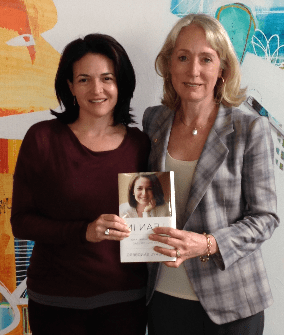
Facebook’s COO Sheryl Sandberg with former CEW President Belinda Hutchinson

